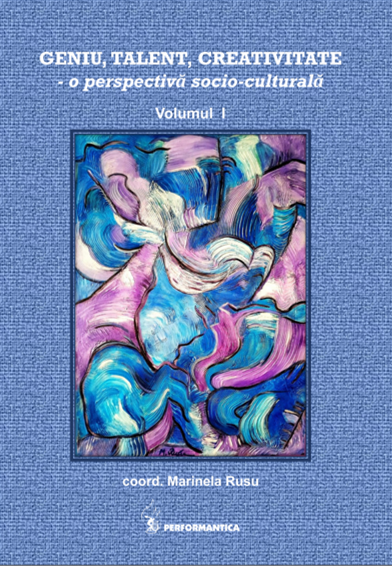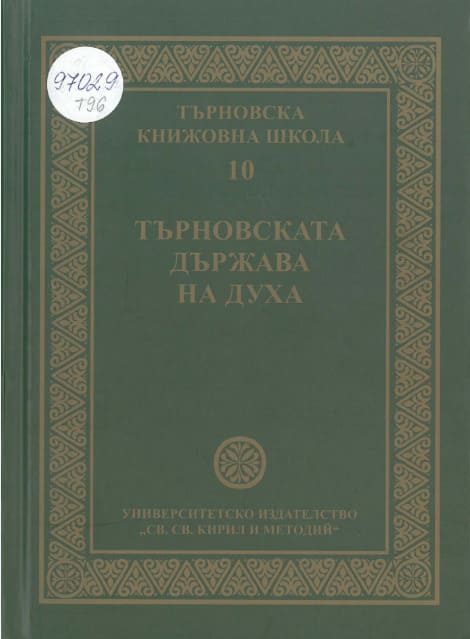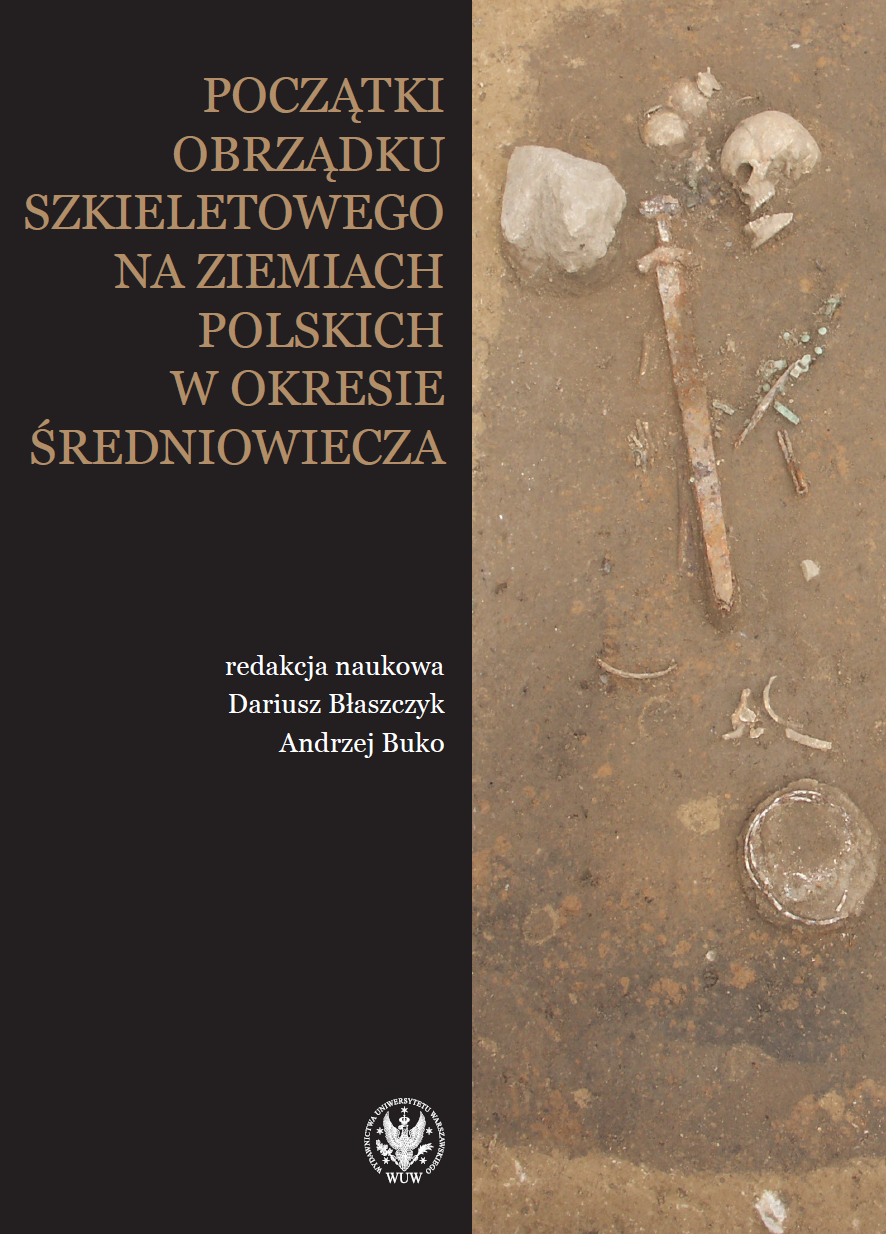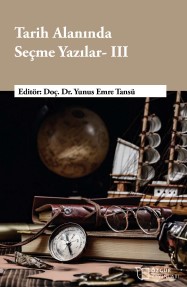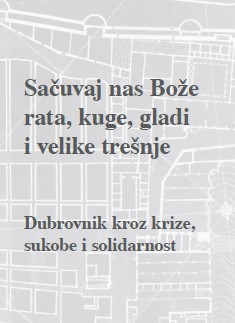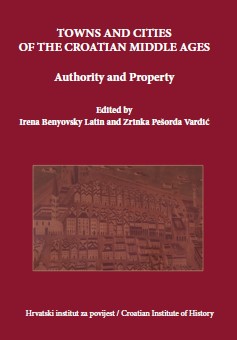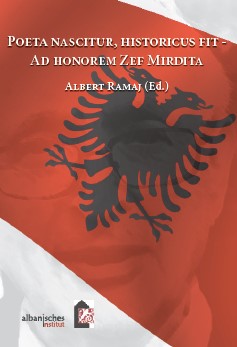
Die Ausweisung der Juden aus den königlichen Städten Mährens und ihre Folgen (Teil 1)
Das mährische Landesarchiv besitzt eine stattliche Zahl von Gubernialakten, welche jüdische Angelegenheiten behandeln. Oft sind es Einzelschicksale, Ansuchen jüdischer Händler und Handwerker, häufiger flehentliche Bitten ganzer Gemeinden, die der Judensollizitator der höchsten Landesstelle vermittelt, aber auch würdige und mutige Worte von erworbenen Rechten haben sich durch die vergilbten Blätter auf unsere Tage gerettet. Ein umfangreicher Aktenfaszikel (J. 28) erzählt von dem erbitterten wirtschaftlichen Kampfe, welchen die kgl. Städte gegen die mährische Judenschaft führten. „An acht Jahrzehnte dauern diese Zerwürfnisse“, meint der Gubernialrat in seinem wort- und tatsachenreichen Gutachten, aber trotzdem holt er Belege aus 3 Jahrhunderten herbei; denn je weiter er forscht, desto mehr begreift er, dass nicht 80, sondern volle 250 Jahre die Juden gegen das vernichtende Urteil der landesfürstlichen Städte, das sich in der Ausweisung ausdrückte, gekämpft haben. Der ungleiche Kampf war wirklich nicht erst im Jahre 1629 ausgebrochen, als Ferdinand II. den jüdischen Kaufleuten wieder das Recht verlieh, die Märkte in den königlichen Städten zu besuchen, und als Rat und Zünfte verzweifelte Anstrengungen machten, um das neue Privileg zu Falle zu bringen, sondern schon um die Mitte des 15. Jahrhunderts, da die größten Städte Mährens den Juden ihre Tore verschlossen.
More...
